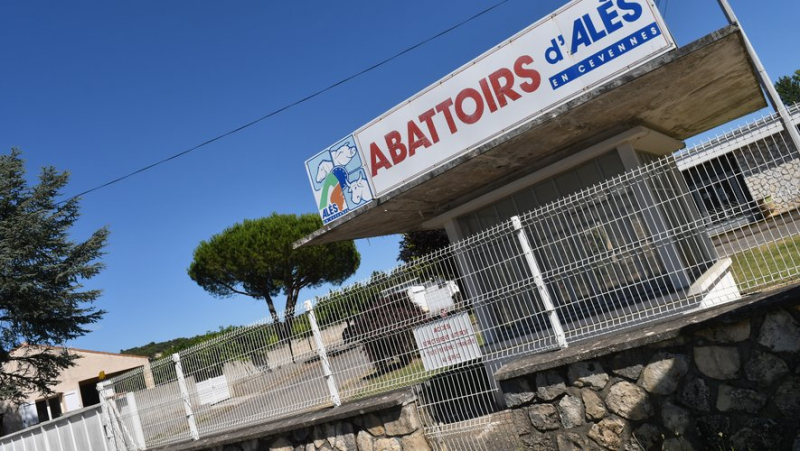Six months of legal recovery for the Alès slaughterhouse: “Now is where it all begins”

L’abattoir d’Alès dispose d’un sursis de six mois, voire plus, pour remonter la pente. Midi Libre – ALEXIS BETHUNE
Le tribunal de commerce s’est prononcé, ce mercredi 20 mars, en faveur d’un sursis pour permettre à l’abattoir déficitaire de retrouver un équilibre financier.
Six months, potentially renewable twice, to give the Alès slaughterhouse a chance of survival. This Wednesday, March 20, the Gard commercial court therefore ruled in favor of a judicial recovery for the Alès slaughterhouse, thus responding to the requests of Semaac ( Mixed economy company of Alès Cévennes slaughterhouses) managing the structure and chaired by the mayor Max Roustan.
"It could not be otherwise, given the financial situation which is not catastrophic. The prosecutor had requested it during the hearing", reacted on behalf of the City the first deputy Christophe Rivenq.
Customer search, rates and proximity
"Now is where it all begins", continues the elected official, who reminds us that only the tonnage will allow the slaughterhouse to regain balance: "We need 60-70 tons per month more, that's nothing at all!"
During the recovery, the economic health of the slaughterhouse will be under the supervision of a judicial administrator, who has not yet met with Semaac representatives to date. Mandatory supervision, which could, if the establishment remains in deficit, decide to liquidate it. "Legally, we will not be able to continue to increase the deficit during this period. The slaughterhouse must be fully operational. This is where the problem arises."
Hence the interest in Semaac, in addition to finding new clients and contracts to bring in more activity, to offer medium and long term solutions. "There are several levers, continues Christophe Rivenq, who does not exclude a "small price increase that will surely be made. Small, acceptable for breeders because there is no question of killing them. The sector also needs mobilization."
The slaughterhouse could also support its geographical position to unclog those of Tarascon and Pézenas, in saturation according to the first deputy: "They are because they are small slaughterhouses. We, being 150 km away, it’s manageable."
This geographical position would also be a central element in sustaining local food supply. "I appeal to the government, we must review the public procurement code to facilitate the establishment of short supply chains and production sites for the’ collective food ". A "concrete response" that the City wants to provide to justify the centrality of the Alesian slaughterhouse. According to their figures, the origin of the animals slaughtered in Alès comes, the vast majority from Occitanie, 46% for cattle. Half of these cattle come from Gard, and a third from Lozère, "this clearly shows that in Lozère there is a need too. We're really within a close range."




